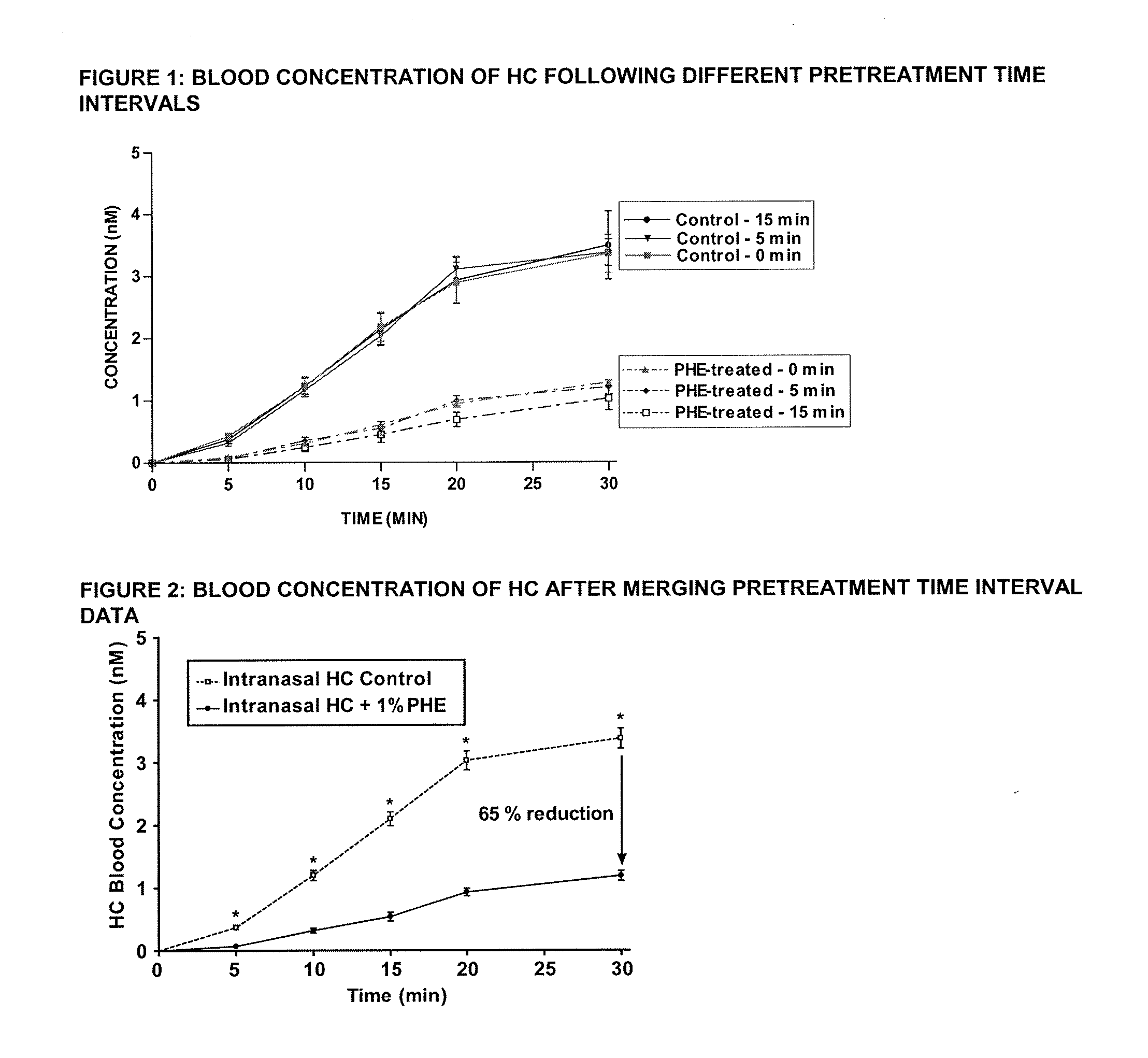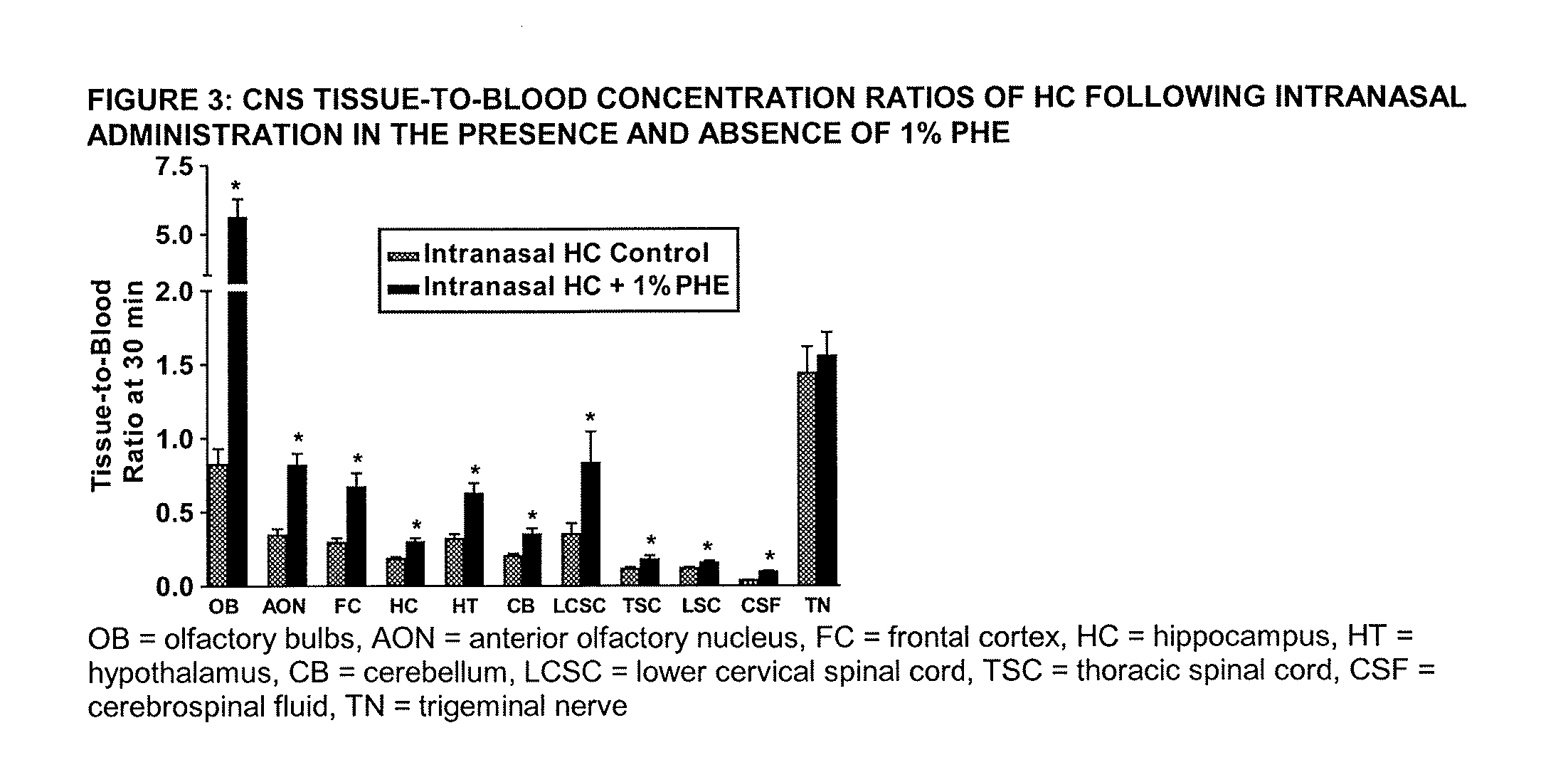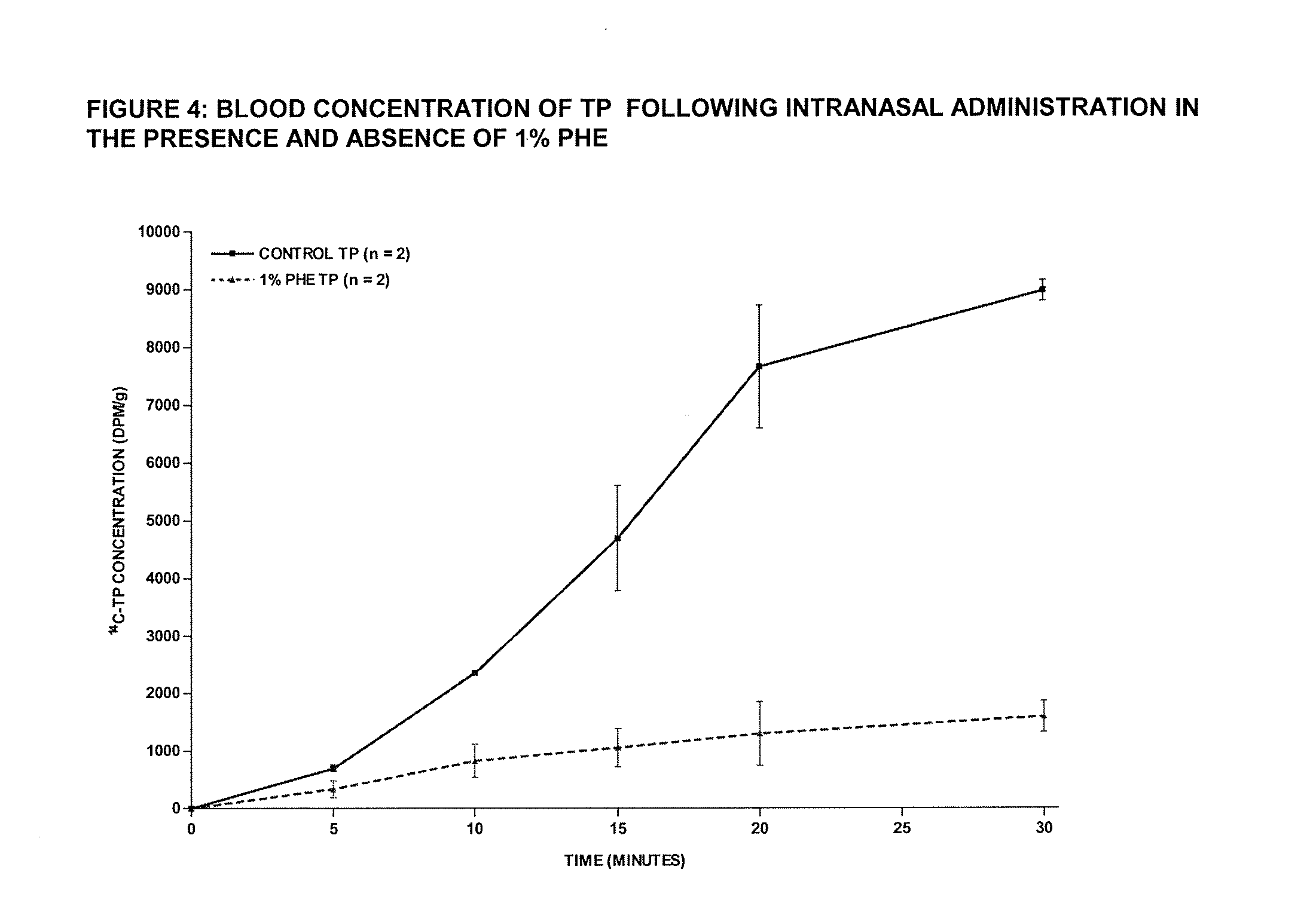Methods for preventing and treating post-traumatic stress disorder (PTSD)
a post-traumatic stress disorder and treatment method technology, applied in the direction of peptides/proteins, drug compositions, peptides, etc., can solve the problems of adverse effects, unfavorable drug safety, and undesirable excessive dosing, so as to improve the targeting effect of cns, reduce non-targeting, and reduce system exposur
- Summary
- Abstract
- Description
- Claims
- Application Information
AI Technical Summary
Benefits of technology
Problems solved by technology
Method used
Image
Examples
Embodiment Construction
[0036]While the invention is amenable to various modifications and alternative forms, specifics thereof are shown by way of example in the drawings and described in detail herein. It should be understood, however, that the intention is not to limit the invention to the particular embodiments described. On the contrary, the intention is to cover all modifications, equivalents, and alternatives falling within the spirit and scope of the invention.
DEFINITIONS
[0037]As used herein, “central nervous system” (CNS) refers to the brain and spinal cord and associated tissues.
[0038]As used herein, “drug targeting” refers to increasing drug concentration in a tissue relative to the concentration of that drug in the blood.
[0039]As used herein, “efficiency” refers to targeting specificity of the drug, i.e., therapeutic compound to a particular physiological location, delivery with minimal residual loss to non-target physiological locations, or both.
[0040]As used herein, “meninges” refers to the d...
PUM
| Property | Measurement | Unit |
|---|---|---|
| Dimensionless property | aaaaa | aaaaa |
| Dimensionless property | aaaaa | aaaaa |
| Dimensionless property | aaaaa | aaaaa |
Abstract
Description
Claims
Application Information
 Login to View More
Login to View More - R&D
- Intellectual Property
- Life Sciences
- Materials
- Tech Scout
- Unparalleled Data Quality
- Higher Quality Content
- 60% Fewer Hallucinations
Browse by: Latest US Patents, China's latest patents, Technical Efficacy Thesaurus, Application Domain, Technology Topic, Popular Technical Reports.
© 2025 PatSnap. All rights reserved.Legal|Privacy policy|Modern Slavery Act Transparency Statement|Sitemap|About US| Contact US: help@patsnap.com



